|
by Dark Watcher |
|
|
In the 1990s, SNK took a chance at bringing their arcade games to the home console market by creating the Neo Geo AES system.
The home system garnered a niche fan base despite its high price tag. In 1994, Capcom saw an opportunity to venture into this niche home market. Gamers enjoy popular arcade titles without Capcom having to pay royalties for 'lower quality' home conversions on other systems. Not a bad idea! Rather then recreating their CPS-1 arcade board packs for home market use, Capcom created an adapter that could interface with existing boards. The Capcom Power System Changer (or CPS Changer) plugged into the arcade board CPS-1 JAMMA connectors. It provided two joystick ports, TV composite video output, TV S-Video output and an 8 channel Q-sound audio output. Obviously the CPS Changer requires the arcade board, so Capcom sold the adapter in a package deal. The package contained the CPS Changer, one CPS fighter controller and the Street Fighter II Turbo arcade board sold for 39,800 yen. |
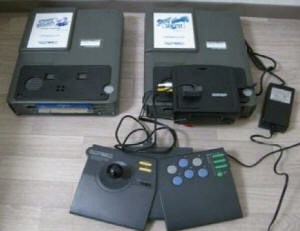 |
|
Other compatible arcade
boards could be purchased for 20,000 for a single title, 2 for 38,800 and 3 for 55,000 yen. Due to these high prices, coupled
with the fact that home console conversions were reaching near perfect arcade quality, sales began to dwindle. By March of 1996,
Capcom had dropped all support for CPS Changer. FACT: Capcom decided to give owners one last hurrah for purchasing their product. Capcom released a special conversion of their CPS-2 arcade board title Street Fighter Zero for the CPS Changer. The game was rewritten with reduced sound samples, and color depth. It was sold for 35,000 yen as a farewell gesture. |
|
 HANDS
ON REVIEW HANDS
ON REVIEWby 98PaceCar |
|
|
From the earliest days of video game consoles, bringing arcade perfect ports to home players has been an important part of nearly
every successful console. Atari discovered this fact all the way back in 1980 when they released Space Invaders on the
Atari
2600. It took another 10 years before truly arcade perfect ports would find their way to home gamers, with the release of the
Neo Geo AES in 1990. But the AES wasn't the only arcade perfect console released to the home. Possibly inspired by the success of the AES or driven by their own domination of 1990s arcades, Capcom brought many of their arcade games home with the release of the Capcom Power System Changer, or CPS Changer for short. Sold only by mail order in Japan between 1994 and 1996, the CPS Changer is one of the rarest Japanese consoles around. The CPS Changer console itself is really more of a Supergun or JAMMA interface than it is a proper console. It does not feature its own processor or RAM, relying instead on the processing power of the board set used in each game. The console is really just a way to interface the games to a standard television, provide power to the game's board set and allow for controllers to be connected. The console itself is rather small (the black unit in the picture to the right). The preferred controller is the Capcom CPS Fighter, a six button fighting stick released for the Super Nintendo. The CPS Fighter was released in both Japan and the USA, so finding one is not terribly difficult. |
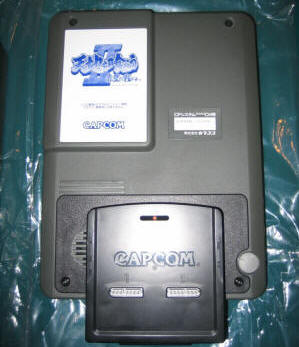 |
|
All of the CPS Changer games run on a standard CPS-1 motherboard. The CPS-2 confusion comes about as Capcom used the enclosure
that was designed for the later CPS-1 games, known as the CPS Dash, to protect the CPS Changer games. This makes the games look
similar to the CPS-2 arcade releases. Internally, CPS Changer games are identical to their CPS-1 counterparts. Minor
tweaks were made to the code to eliminate the need for coin ups and to allow for software settings for difficulty and controller
settings. Commonly mistaken as a CPS-2 based system, the CPS Changer only features one game from the CPS-2 library, a special version of Street Fighter Zero, which was the last game of the 11 total released for this system. Other notable titles include the pack in Street Fighter 2 Turbo as well as beat-em ups Final Fight and Warriors of Fate. Every game released, with the exception of Street Fighter Zero, are arcade perfect in every way. Street Fighter Zero was scaled back graphically due to the lesser power of the CPS-1 board over the CPS-2. I have included some videos at the end of this review of games running on my CPS Changer. Though it is not a standard JAMMA connector, it is possible to build an adaptor cable to use most standard JAMMA PCBs with it. If this is your goal though, it is much more financially responsible to build a Supergun or buy a JAMMA cabinet. Both will be much cheaper than the cost of the CPS Changer and will give you more capabilities in the long run. The CPS Changer rarely shows up for sale in the US or even on eBay. If you are looking for one, be prepared to have a proxy bidder in Japan and start watching Yahoo Japan auctions. The current pricing trends seem to put not only the games but also the system at between $700-$1000 a piece. Because of this and the relative ease with which the arcade versions of these games can be found, it is difficult to recommend this console to anybody but the most hardcore of collectors. Even among other collectors, you won't find too many people that know about the CPS Changer. That makes it a central piece to anybody that is into obscure, Japanese hardware. |
|
|






 2010s - NOTES
2010s - NOTES


 MODELS
MODELS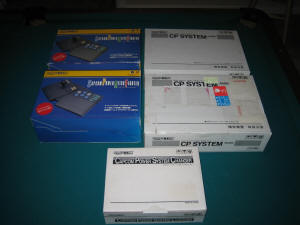
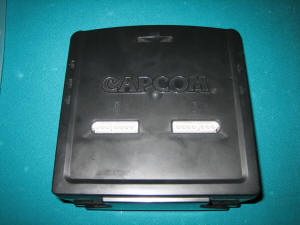
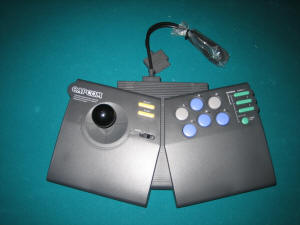
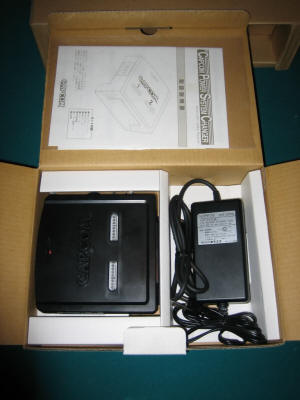
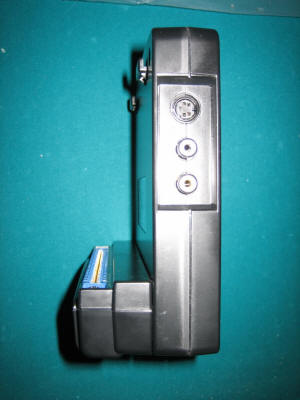
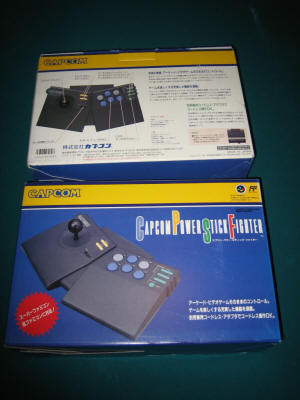
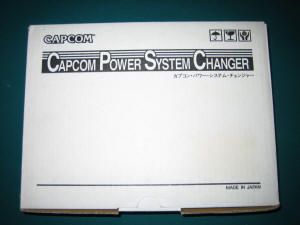
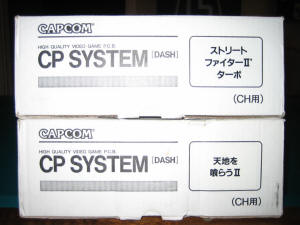
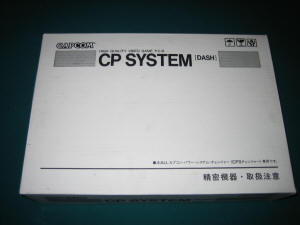
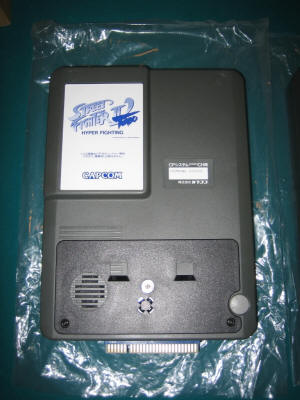

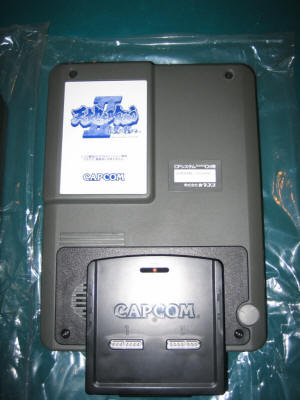
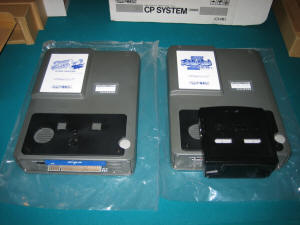
 CLONES
CLONES FORMAT, PACKAGING & GENERAL INFO
FORMAT, PACKAGING & GENERAL INFO SCREENSHOTS
SCREENSHOTS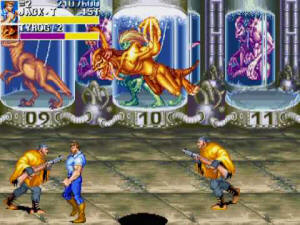
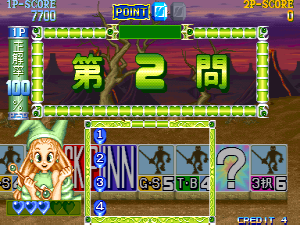
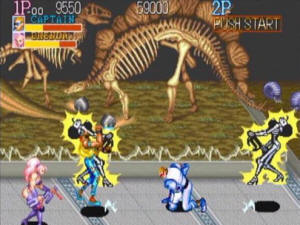
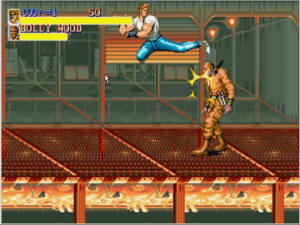
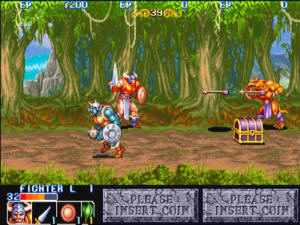
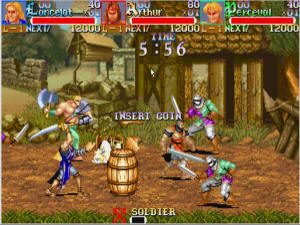
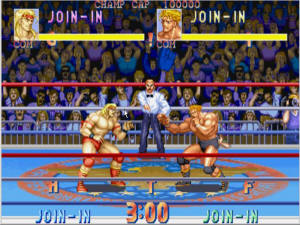
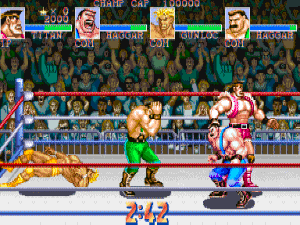
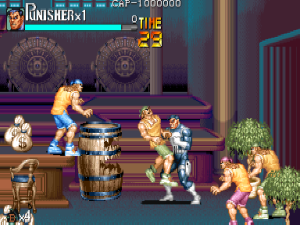
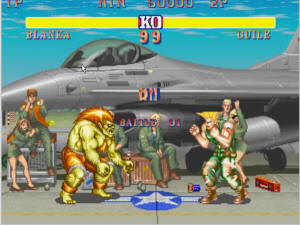
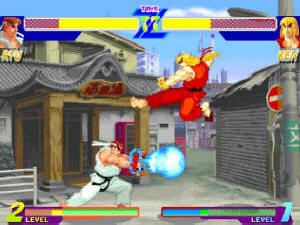
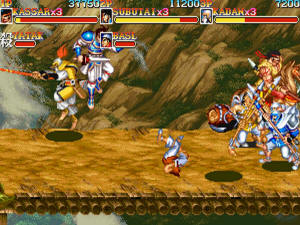
 EMULATION
EMULATION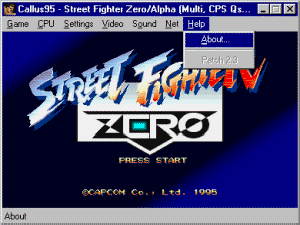

 SPECS & MANUALS
SPECS & MANUALS WEB RESOURCES
WEB RESOURCES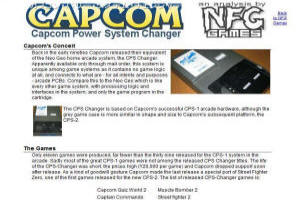
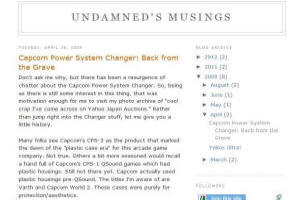
 DISCUSS
DISCUSS